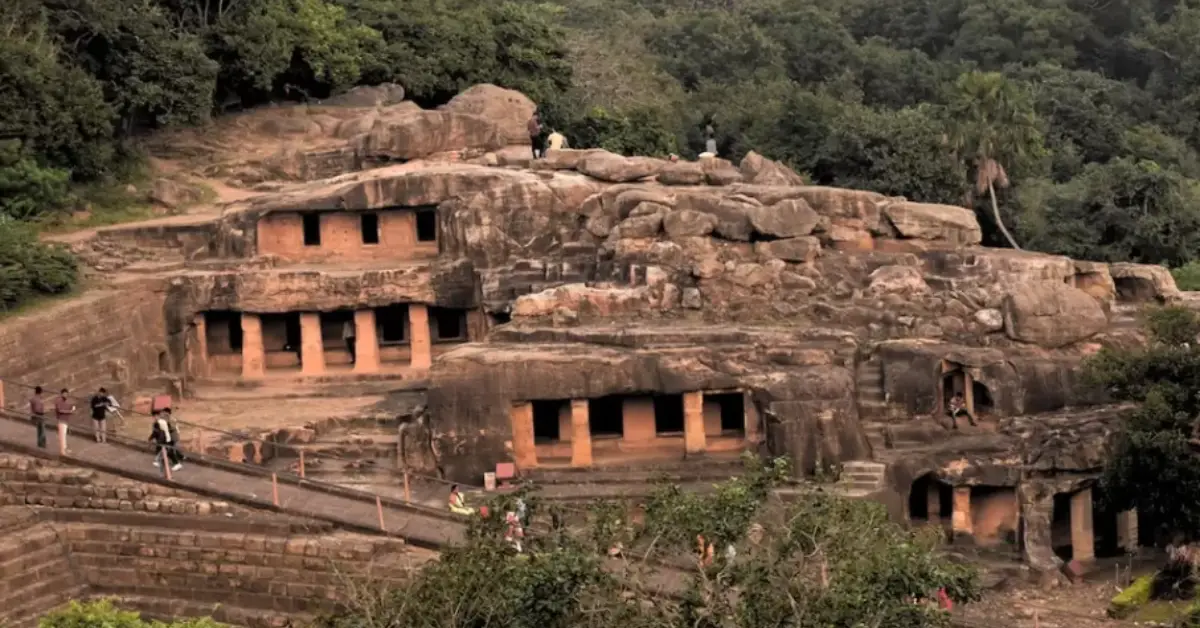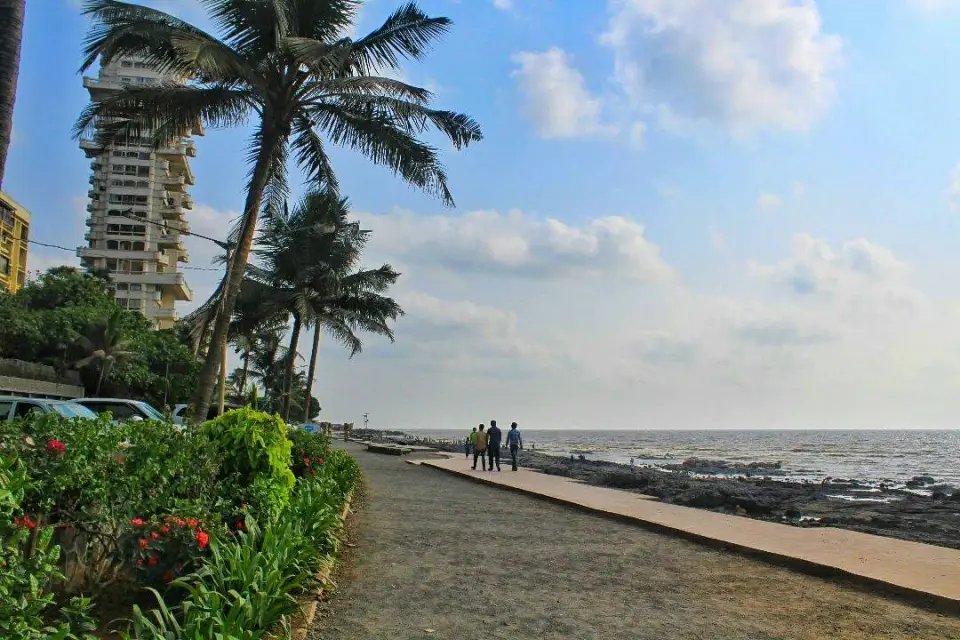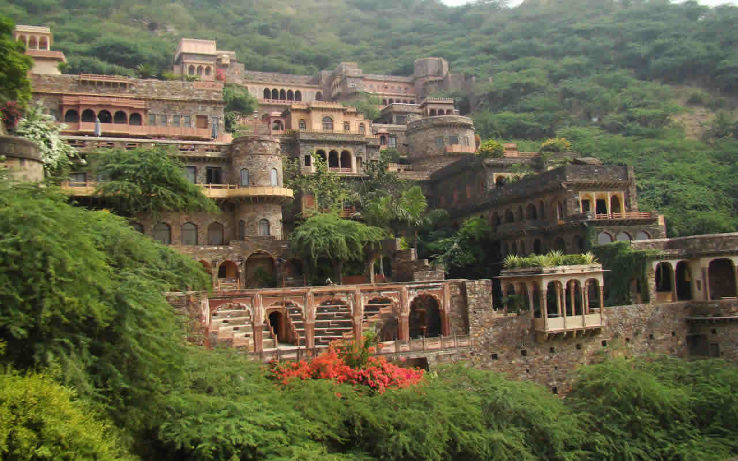Table of Contents
The Udayagiri and Khandagiri Caves, located near Bhubaneswar in Odisha, India, represent a remarkable archaeological treasure that offers profound insights into ancient Indian history, culture, and religious practices. These twin hills, adorned with intricately carved rock-cut caves, stand as silent witnesses to the rich Jain and Buddhist heritage of the region during the 2nd century BCE.
Historical Context of Udayagiri and Khandagiri Caves
Dating back to the reign of King Kharavela of the Kalinga Kingdom, these caves were primarily carved during the Mauryan period. King Kharavela, a prominent Jain ruler, is credited with creating many of these extraordinary cave complexes as residential spaces for Jain monks and as a testament to his architectural and cultural achievements.
Udayagiri Caves: A Closer Look
The Udayagiri Caves, comprising 18 significant caves, showcase an extraordinary blend of architectural sophistication and historical narrative. Key highlights include:
- Rani Gumpha (Queen’s Cave): Considered the most elaborate cave, featuring multiple levels and intricate narrative bas-reliefs depicting royal life, hunting scenes, and mythological episodes.
- Hathi Gumpha (Elephant Cave): Famous for its inscription detailing King Kharavela’s military conquests and administrative achievements, providing crucial historical documentation.
- Ganesh Gumpha: Remarkable for its detailed sculptural representations and architectural complexity, including depictions of the Ganesh deity.
Khandagiri Caves: Architectural Splendor
Adjacent to Udayagiri, the Khandagiri Caves offer equally fascinating insights:
- Parsvanatha Basadi: The most significant Jain cave, featuring elaborate carvings and architectural precision typical of Jain cave designs.
- Ananta Gumpha: Known for its intricate sculptural work and multiple chambers, representing the sophisticated rock-cut architecture of the period.
Architectural Significance
The caves demonstrate exceptional rock-cut architectural techniques:
- Precisely carved living quarters
- Sophisticated drainage systems
- Ventilation mechanisms
- Intricate bas-reliefs depicting social and cultural narratives
Religious and Cultural Importance
These caves represent a critical intersection of Jainism and early Buddhist practices:
- Residential spaces for ascetic monks
- Documentation of religious practices
- Cultural exchange and philosophical representations
- Evidence of advanced social organization
Archaeological Insights of Udayagiri and Khandagiri Caves
The caves provide invaluable information about:
- Social structures of ancient Kalinga
- Architectural capabilities of the period
- Religious practices and philosophical traditions
- Artistic expressions of early Indian civilizations
Preservation and Modern Significance
Recognized as a protected monument by the Archaeological Survey of India, these caves continue to attract researchers, historians, and cultural enthusiasts worldwide.
Visitor Information
Location
- Near Bhubaneswar, Odisha, India
- Easily accessible by road and rail
Visiting Hours
- 6:00 AM to 7:00 PM
- Best visited during winter months (October-February)
Tips for Visitors
- Wear comfortable walking shoes
- Carry water and sun protection
- Respect archaeological site guidelines
- Consider guided tours for deeper historical understanding
Conclusion
The Udayagiri and Khandagiri Caves are not merely archaeological sites but living narratives of India’s rich cultural heritage. They represent a remarkable testament to human creativity, religious diversity, and architectural brilliance of an ancient civilization.
These rock-cut caves invite us to journey through time, offering glimpses into a sophisticated society that flourished over two millennia ago. Each carved surface, each intricate sculpture tells a story of human endeavor, spiritual quest, and artistic expression.
For historians, archaeologists, and cultural enthusiasts, these caves remain an endless source of fascination and discovery, continuing to unfold their secrets with each careful study and exploration.




